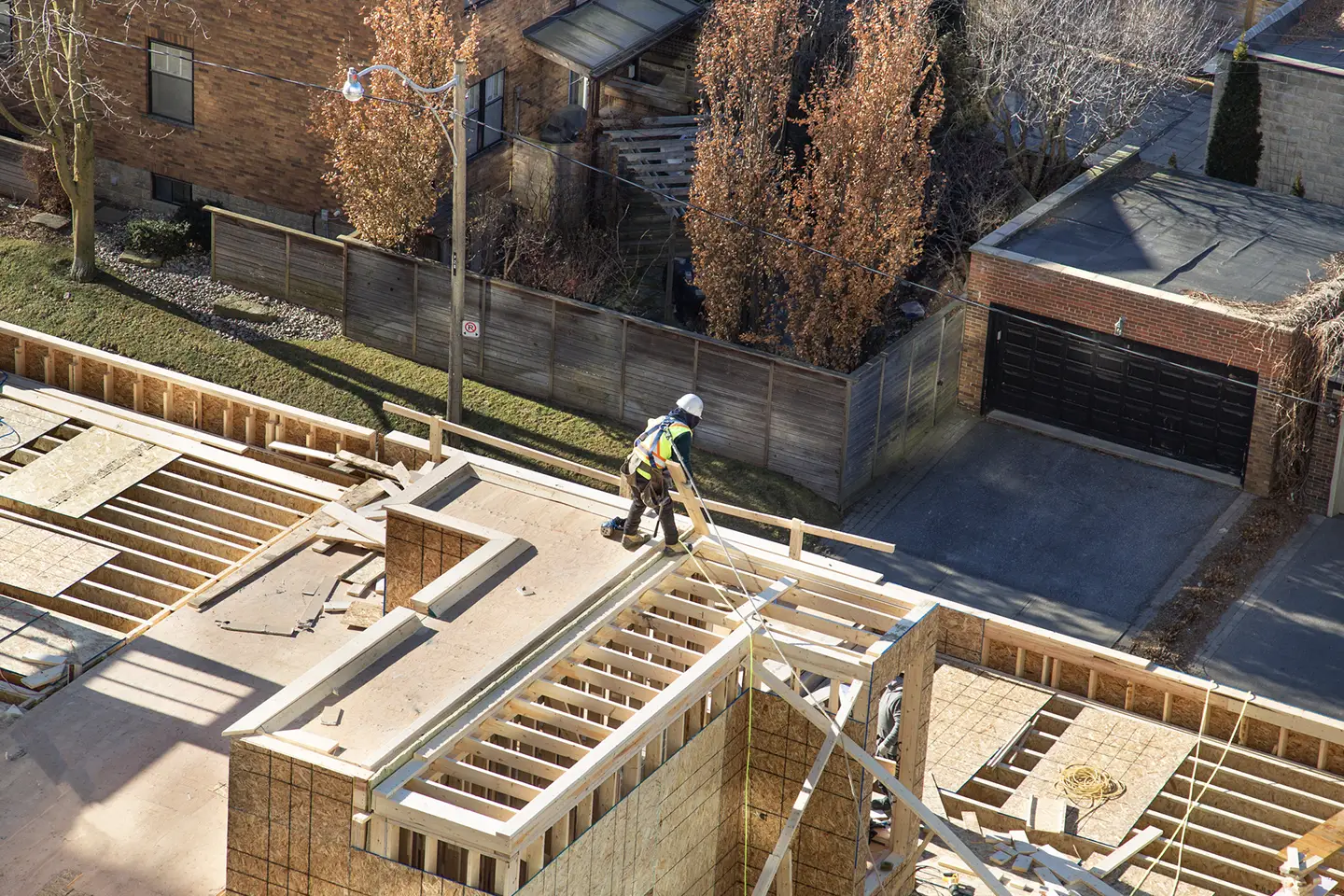Ontario Proposes Regulatory Amendments to Emissions Performance Standards (EPS) for Large Emitters

Today, the Ontario Ministry of Environment, Conservation and Parks (MECP) posted proposed amendments to the Ontario Emissions Performance Standards (EPS) regulations for comment. The proposed amendments are to support the transition from the federal Output-Based Pricing System (OBPS) to the EPS, which will be in effect January 1, 2022. The posting also includes proposed changes to the administration and enforcement of the program intended to clarify certain compliance and reporting requirements.
The deadline for comments and feedback to the proposed changes are due July 11, 2021.
The proposed changes will be made to the two regulations that support the EPS:
- Greenhouse Gas Emissions Performance Standards regulation (O. Reg. 241/19 or the EPS regulation) and the incorporated GHG Emissions Performance Standards and Methodology for the Determination of the Total Annual Emissions Limit (the Methodology)
- Greenhouse Gas Emissions: Quantification, Reporting and Verification regulation (O. Reg. 390/18 or the Reporting Regulation) and the incorporated Guideline for Quantification, Reporting and Verification of Greenhouse Gas Emissions (the Guideline)
These changes are in addition to proposed changes that were posted for comment in December 2020, which are still under consideration.
By way of background, in September 2020 the federal government accepted Ontario’s EPS program as an alternative to the federal OBPS. Ontario’s EPS program will regulate GHG emissions from large industrial facilities by setting the standards for lowering emissions (emissions limits) that those facilities are required to meet.
*Of particular note to a number of interested stakeholders is the proposed alignment of the performance standard for electricity generation with the federal OBPS standard, by adjusting the Ontario performance standard for all fossil fuel fired electricity generation from 420 to 370 CO2e/GWh, and aligning the Ontario performance standard for compliance year 2022 with what is in effect for 2019 to 2021 under the federal OBPS.
Below is a summary of all of the proposed amendments:
1. Supporting a partial year coverage of emissions: Proposed amendments to support the partial year coverage of emissions under the EPS program.This includes adding calculations that facilities will have to use to determine the following prorated amounts:
- verification amount (emissions)
- production parameters
- emissions limits
These amounts, as set out in the verification statement, will be used to determine the facility’s compliance obligation (equal to the amount that emissions are higher than the facility’s emissions limit), or the number of emissions performance units (EPUs) to be distributed into the facility’s account (equal to the amount that emissions are lower than the facility’s emissions limit)
2. Treatment of new facilities: Align EPS program with the federal policy by allowing new eligible facilities to register during the first year the facility starts producing a product.
New facilities (excluding those where primary industrial activity is generating electricity using fossil fuel) would begin to have a compliance obligation under the EPS program once the facility has completed three years of production.To be eligible for registration, new facilities must:
- be engaged in an industrial activity identified in Schedule 2 of the EPS regulation (which sets out various activities that are covered by the regulation) and
- provide estimates that demonstrate the facility is projected to emit at least 10,000 tonnes of carbon dioxide equivalent (CO2e) or more per year in any of the three calendar years from the date of first production
3. Other administrative, technical and clarifying amendments: Additional amendments to support compliance, enforcement and administration of the program and supporting industry’s transition from the federal OBPS to Ontario’s EPS program.These include:
- clarifying rules for transferring compliance instruments
- aligning the performance standard for electricity generation with the Federal OBPS standard to provide greater stability and reduce administrative complexity in the electricity market by:
- adjusting the Ontario performance standard for all fossil fuel fired electricity generation from 420 to 370 CO2e/GWh;
- aligning the Ontario performance standard for compliance year 2022 with what is in effect for 2019 to 2021 under the federal OBPS.
- clarifying how the Methodology is applied to cogeneration systems, to ensure cogeneration limits are determined using total energy output and a standard based on an 80 percent efficient cogeneration system
- adjusting the specific intensity method for certain facilities to clarify requirements, address technical errors, and reflect significant changes in operations or ownership
- clarifying reporting requirements for multi-site facilities to maintain alignment with reporting under the federal greenhouse gas reporting program (GHGRP) and to support the implementation of the EPS program (e.g. specifying the site-level reporting requirements for these facilities in addition to the facility totals that are already required to be reported under the Reporting Regulation)
- adding definition for EPS facility in the EPS Regulation to align with the OBPS definition, where the facility is operated in an integrated way to carry out an industrial activity
- fine tuning material discrepancy assessments under the Reporting Regulation to align with federal requirements
- applying the above thresholds for material discrepancies as the basis for determining when a revised GHG emissions report is required to be submitted
- clarifying verification rules
- any additional administrative amendments that may be needed to transition from the federal OBPS to Ontario’s EPS program based on ongoing discussions with the federal government
In addition to the opportunity to submit feedback via the ERO posting, MECP intends to hold a virtual stakeholder consultation session in the short term to provide greater detail around these proposed amendments, and gather feedback around future initiatives to support emission reductions in Ontario.


